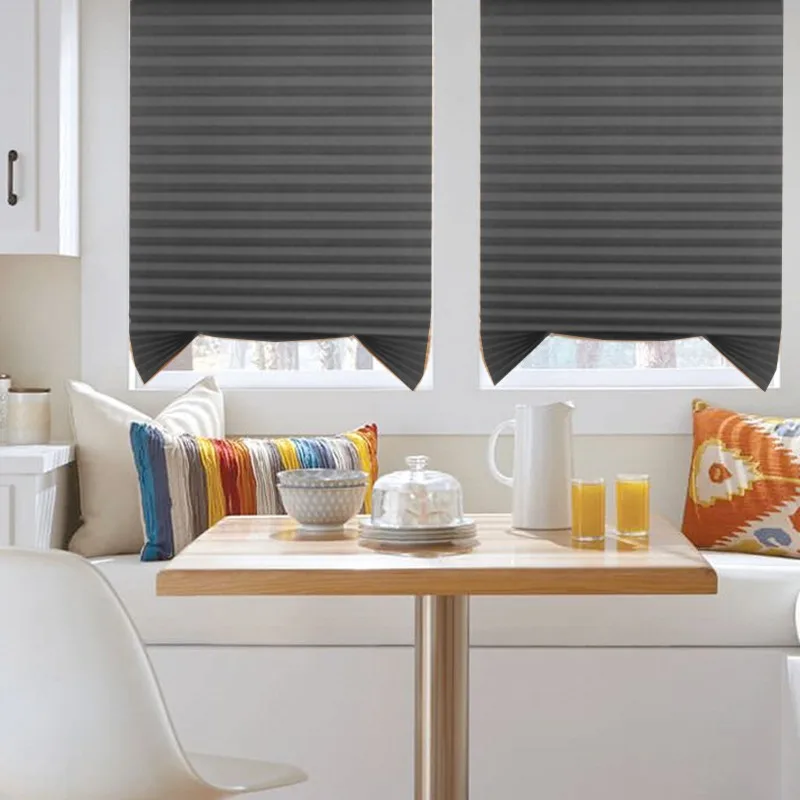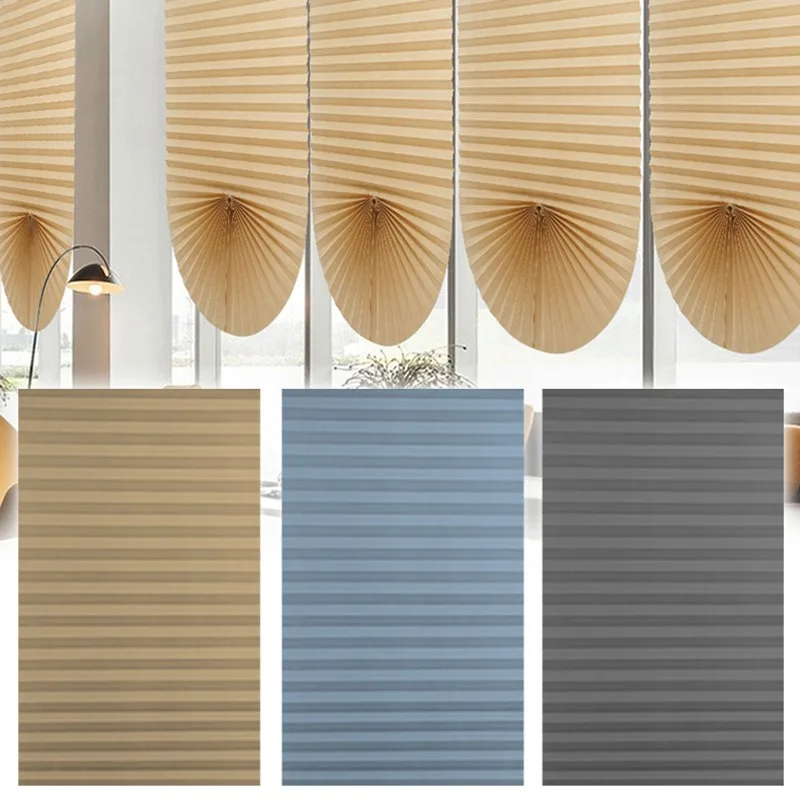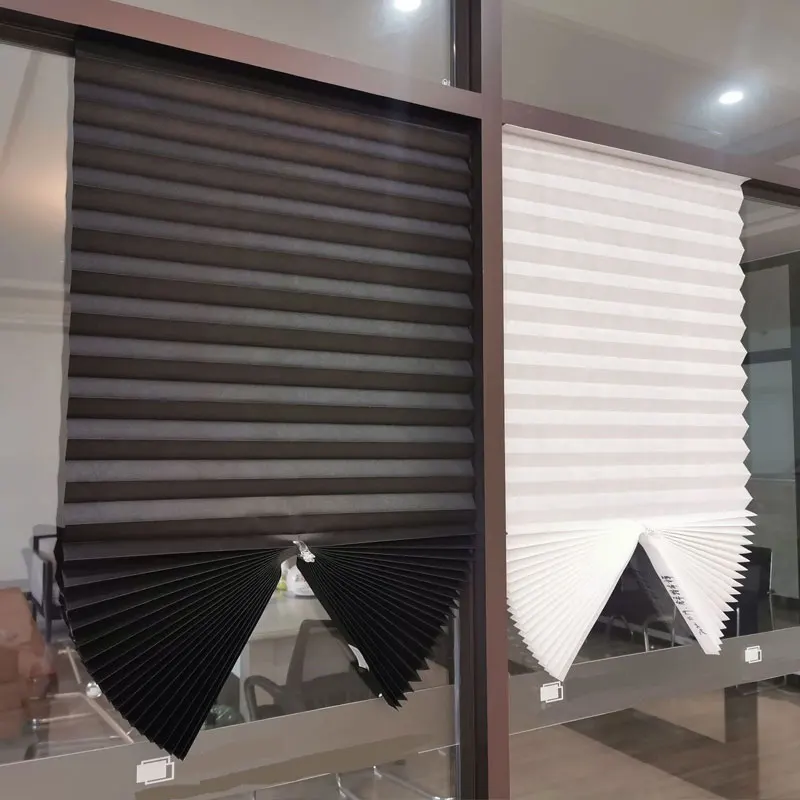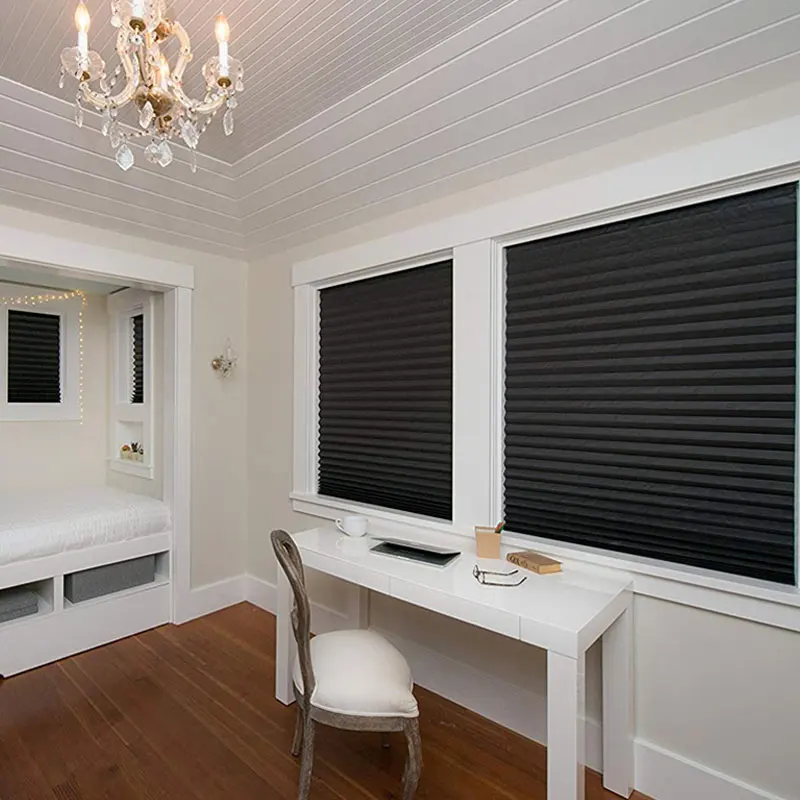Window treatments play a pivotal role in defining the aesthetics, functionality, and energy efficiency of a room. Among the myriad options available, curtains and blinds stand out as popular choices. Each offers distinct advantages and caters to different design preferences and practical needs. In this comprehensive guide, we delve into the world of curtains and blinds to help you make an informed decision for your space.
Understanding the Basics
Curtains: A Touch of Elegance
Curtains are fabric panels that hang from a rod or track, offering a classic and versatile window dressing solution. Available in a vast array of colors, patterns, textures, and lengths, they bring both style and functionality to a room. Curtains excel in creating a warm, cozy ambiance, enhancing privacy, and improving insulation, especially when lined.
Blinds: Sleek and Practical
Blinds, on the other hand, consist of horizontal or vertical slats made from materials such as wood, aluminum, or PVC. These slats can be adjusted to control light and privacy levels by tilting or lifting entirely. Blinds provide a sleek, modern look and are particularly suited for minimalist, contemporary interiors. They are also easy to clean and maintain compared to their textile counterparts.
Design & Aesthetics
Curtains: Endless Design Possibilities
One of the most significant appeals of curtains lies in their decorative potential. From luxurious velvet drapes that exude opulence to light, airy sheers that filter sunlight gently, curtains can completely transform a room’s atmosphere. Patterns, prints, and textures can be selected to complement or contrast with existing decor, making them a flexible choice for various design styles.
Blinds: Clean Lines and Modern Appeal
For spaces that favor minimalism or a more streamlined aesthetic, blinds offer a neat, tailored appearance. Wood blinds lend warmth and texture, suiting rustic or traditional décors, while metal or PVC blinds provide a crisp, contemporary feel. With customization options like color and finish, blinds can seamlessly integrate into any design scheme, especially where a less fussy look is desired.

Light Control & Privacy
Curtains: Flexible and Insulating
Curtains offer excellent flexibility in managing light and privacy. Heavy fabrics can block out light completely, making them ideal for bedrooms or home theaters. Lightweight materials, conversely, softly diffuse light, maintaining an airy feel while still providing some level of privacy. Additionally, lined curtains provide insulation, keeping rooms warmer in winter and cooler in summer, thereby contributing to energy efficiency.
Blinds: Precise Adjustment
Blinds afford users precise control over light and visibility through their adjustable slats. Tilt them to allow just the right amount of light in or raise them completely for an unobstructed view. This feature makes blinds particularly suitable for rooms requiring variable light levels throughout the day, such as home offices or living rooms.
Maintenance & Durability
Curtains: Regular Care Required
Curtains can accumulate dust and require periodic cleaning, which may involve vacuuming, spot cleaning, or occasional dry-cleaning, depending on the fabric. While they can last for years with proper care, the need for cleaning can be more frequent than with blinds, especially in high-traffic or dusty environments.
Blinds: Easy to Maintain
Blinds are known for their low-maintenance nature. Most types can be easily dusted with a microfiber cloth or gently vacuumed, and some are even washable. Their hard surfaces resist absorbing odors and are less prone to collecting allergens, making them a hygienic choice, particularly for those sensitive to dust or allergies.
Cost Considerations
Curtains: Varying Expense
The cost of curtains can range widely depending on factors such as fabric quality, lining, and custom tailoring. High-end designer curtains with intricate detailing or specialized fabrics can incur a substantial investment, whereas ready-made options offer budget-friendly alternatives.
Blinds: Affordable to Premium
Similarly, the price of blinds spans a broad spectrum. Basic vinyl or aluminum blinds are relatively inexpensive, while custom-made wooden or motorized blinds can carry a higher price tag. The cost-effectiveness of blinds often lies in their durability and ease of maintenance, translating to long-term value.

Installation & Customization
Curtains: Flexible Installation
Installing curtains typically involves hanging a rod or track, which can be straightforward or more involved if custom brackets or hardware are needed. Curtain panels can be easily swapped out or layered, offering endless opportunities for customization and seasonal changes.
Blinds: Precise Fit and Function
Blinds require precise measurements for a tailored fit, ensuring they operate smoothly and look polished. Many retailers offer customization services for width and length, as well as options for color, material, and operation type (corded, cordless, motorized). Motorized blinds, in particular, add a touch of luxury and convenience.
Making the Final Decision
Choosing between curtains and blinds ultimately depends on your personal style, functional needs, and the specific requirements of each room. If you prioritize aesthetics, insulation, and a softer look, curtains might be your best bet. Conversely, if you seek a modern, low-maintenance solution that offers precise light control, blinds would serve you well. Consider blending the two for a hybrid approach, using blinds for privacy and light adjustment beneath elegant curtains that add depth and character to your windows.
Ultimately, take the time to assess your space, consider your lifestyle, and envision the ambiance you wish to create. With careful planning, your chosen window treatment will elevate both the function and beauty of your home.
Integration with Smart Home Systems
Curtains & Smart Automation
In recent years, smart home technology has extended to window treatments, allowing curtains to integrate with home automation systems. Motorized curtain tracks enable you to open and close your curtains with a simple voice command or through a smartphone app. This not only adds a layer of convenience but also enhances home security by scheduling curtain movements when you’re away, simulating occupancy.
Blinds & Smart Home Compatibility
Blinds have also embraced smart technology, with options for motorized operation becoming increasingly popular. Smart blinds can be controlled remotely, set on timers, or synced with home automation systems like Alexa, Google Home, or smart thermostats. This integration allows for seamless control over your home’s lighting and temperature, enhancing energy efficiency and comfort.
Aesthetics & Interior Design
Curtains: Design Flexibility
Curtains offer a vast array of colors, patterns, and textures, making them a versatile design element that can complement any interior decor style. From rich velvet drapes that exude luxury to sheer linens that promote a relaxed ambiance, curtains can dramatically transform a room’s aesthetic.
Blinds: Sleek & Minimalist Appeal
Blinds, particularly those made from materials like wood, metal, or sleek synthetic fibers, bring a contemporary and minimalist look to spaces. They blend seamlessly into modern design schemes, providing a clean-lined aesthetic that is both practical and visually pleasing. With various finishes and colors available, blinds can subtly enhance or make a bold statement in a room’s design.

Environmental Impact
Curtains: Sustainable Options Available
Sustainability-conscious consumers can opt for curtains made from eco-friendly materials such as organic cotton, linen, or recycled fabrics. These options not only reduce environmental impact but also contribute to indoor air quality. Additionally, their insulating properties can lead to reduced energy consumption for heating and cooling.
Blinds: Energy Efficiency & Material Choices
Blinds, especially those with efficient designs like honeycomb or cellular shades, excel at improving a home’s energy efficiency by trapping air and reducing heat transfer. Materials like bamboo or recycled plastics offer environmentally friendly choices without compromising on style or function. Choosing blinds made from sustainable sources supports green living practices.
In conclusion, whether you choose curtains, blinds, or a combination of both, the decision should reflect a balance between functionality, aesthetics, and personal preferences. Embracing smart technology and considering environmental sustainability can further enhance your window treatment choices, creating a living space that is not only visually appealing but also practical and eco-conscious.








